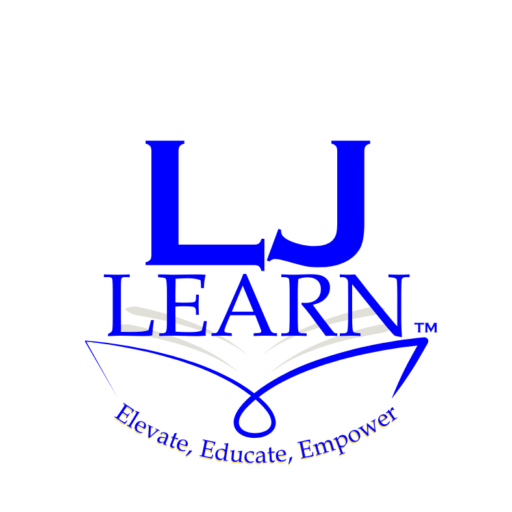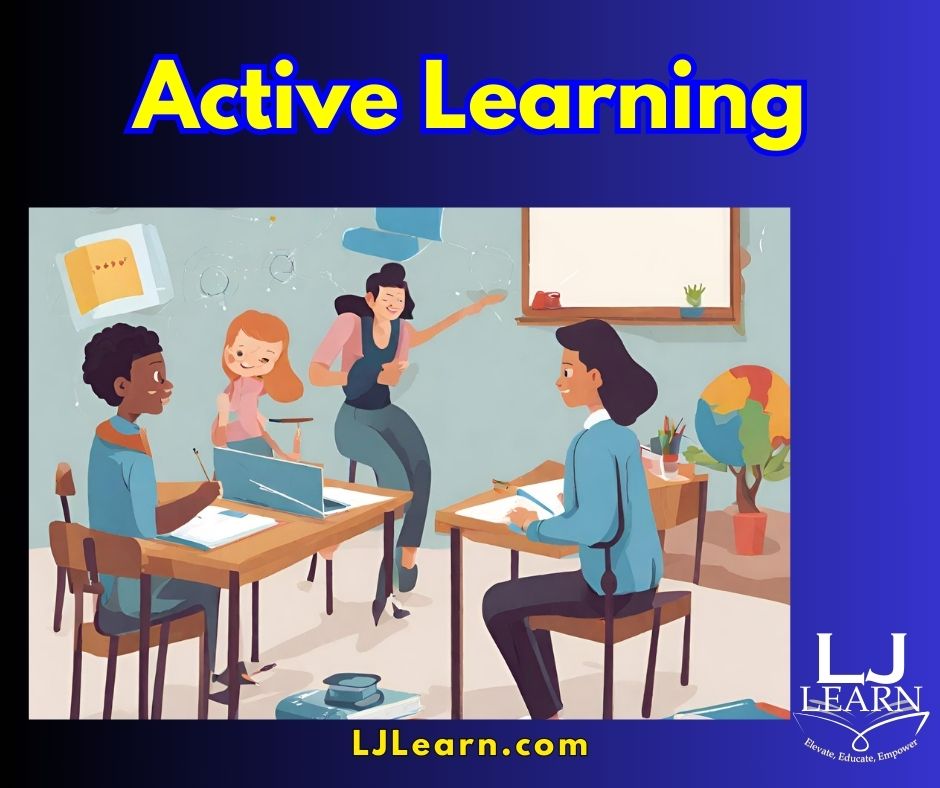Remember those long, boring lectures that seemed to drone on forever? What if there was a way to flip the script on traditional education, making learning engaging, fun, and effective? Introducing the concept of active learning – it just might change everything you thought you knew about teaching.
Active learning isn’t a new concept, but it’s gaining momentum as educators seek more engaging and effective teaching methods. But what exactly is active learning, and how can you implement it in your classroom?
ThePowerofParticipation:
Active learning involves students in the learning process, moving away from passive listening to hands-on participation. By engaging students in critical thinking and problem-solving, they take ownership of their learning and develop essential skills for success.
In fact, a meta-analysis by the Proceedings of the National Academy of Sciences found that active learning methods led to greater student performance, reducing failure rates and increasing exam scores (Source: PNAS).
At LJ Learn, we believe in harnessing the power of active learning to create transformative educational experiences. By integrating real-world tasks into our business lessons, we empower students to take charge of their learning journey, fostering critical thinking, problem-solving, and collaboration. Through immersive case studies, simulations, entrepreneurship projects, and engaging guest speakers, we bridge the gap between theory and practice, equipping students with the skills and knowledge necessary to thrive in the dynamic world of business. Our commitment to active learning not only prepares students for future careers but also cultivates a lifelong passion for learning and growth.
TipsforImplementingActiveLearning:
Ready to get started? Here are some practical tips for incorporating active learning into your classroom:
- CollaborativeLearning: Group work encourages students to share ideas and build knowledge together. Try jigsaw puzzles or collaborative research projects.
- ExperientialLearning: Hands-on activities, like science experiments or field trips, bring concepts to life and create memorable learning experiences.
- Problem-BasedLearning: Pose real-world problems for students to solve, promoting critical thinking and teamwork.
- ReflectiveLearning: Ask thought-provoking questions that encourage students to reflect on what they’ve learned and make connections to their own experiences.
OvercomingChallenges:
While active learning has many benefits, it’s not without its challenges. You might encounter resistance from students used to traditional methods, or struggle to find appropriate activities for your subject matter. But remember, implementing active learning is a process, and every step forward is progress.
By embracing active learning, you’re creating a dynamic learning environment that fosters critical thinking, collaboration, and engagement. So why not flip the script on traditional education and try something new? Your students will thank you for it.
Ready to dive deeper into active learning? Subscribe to our newsletter, join the LJ Learn Collective group on Facebook, and follow us on social media for more insights and support on your educational journey. Let’s shape the future of learning together!

